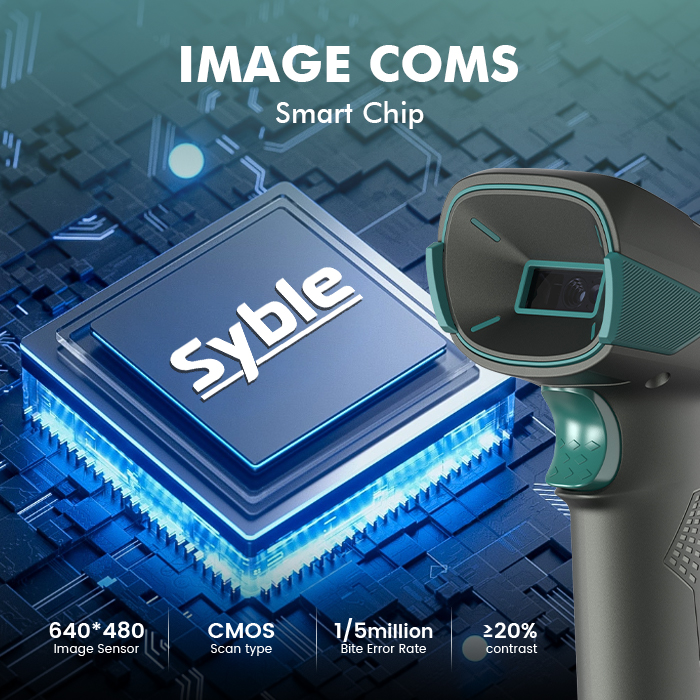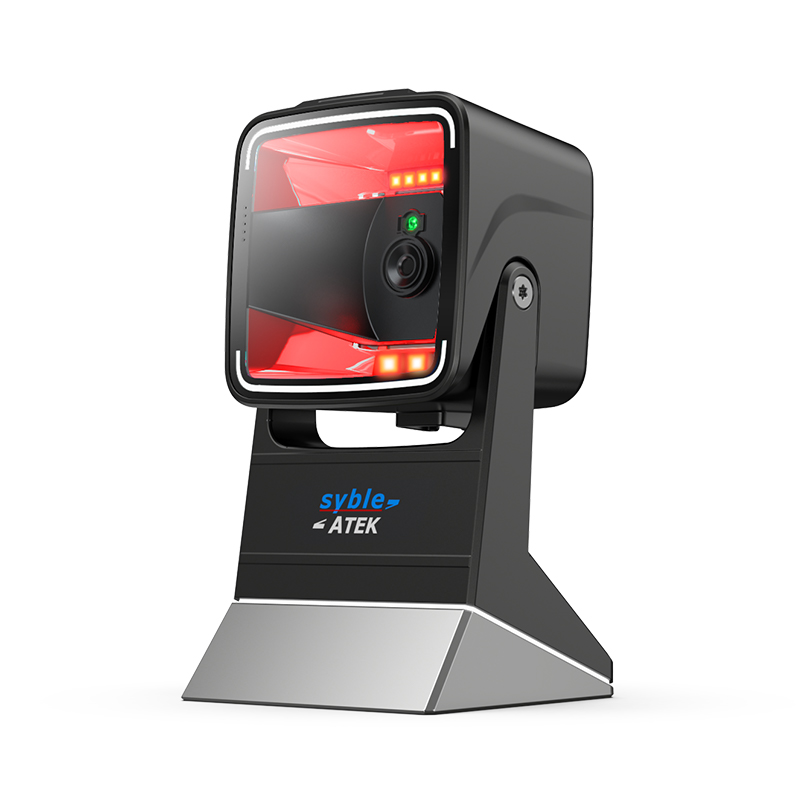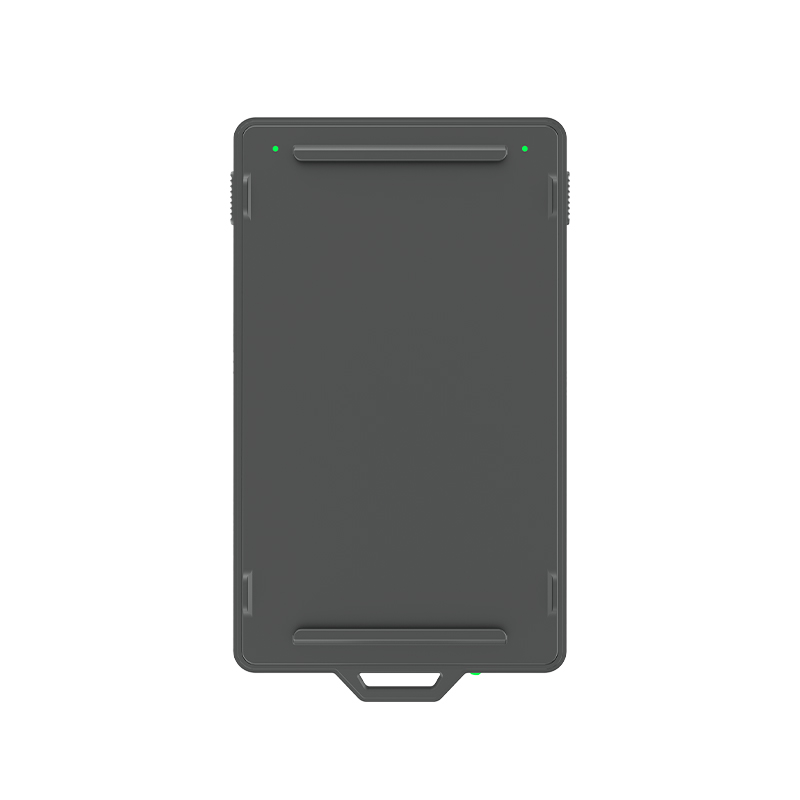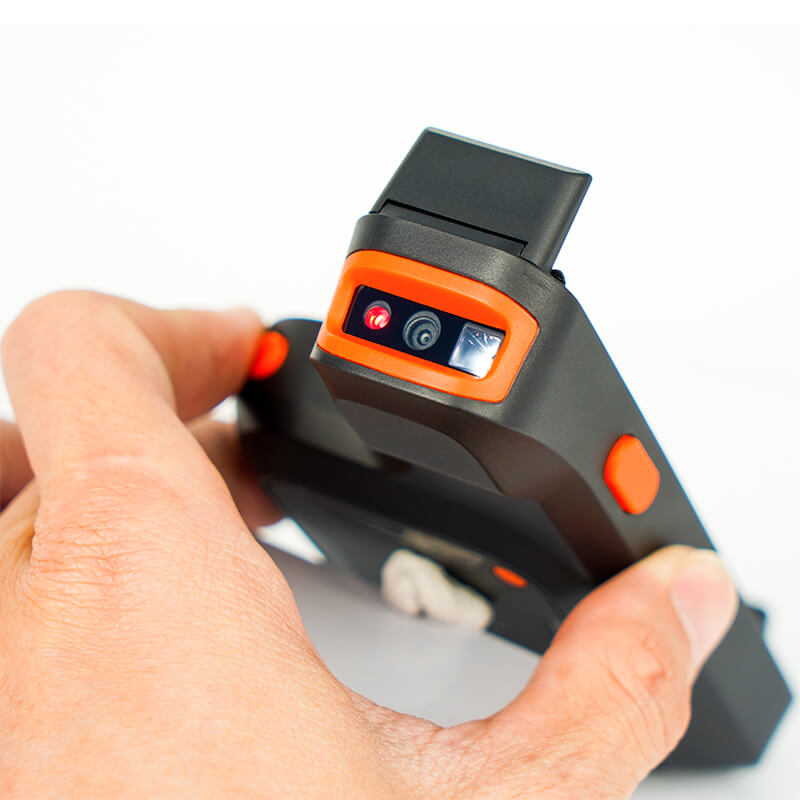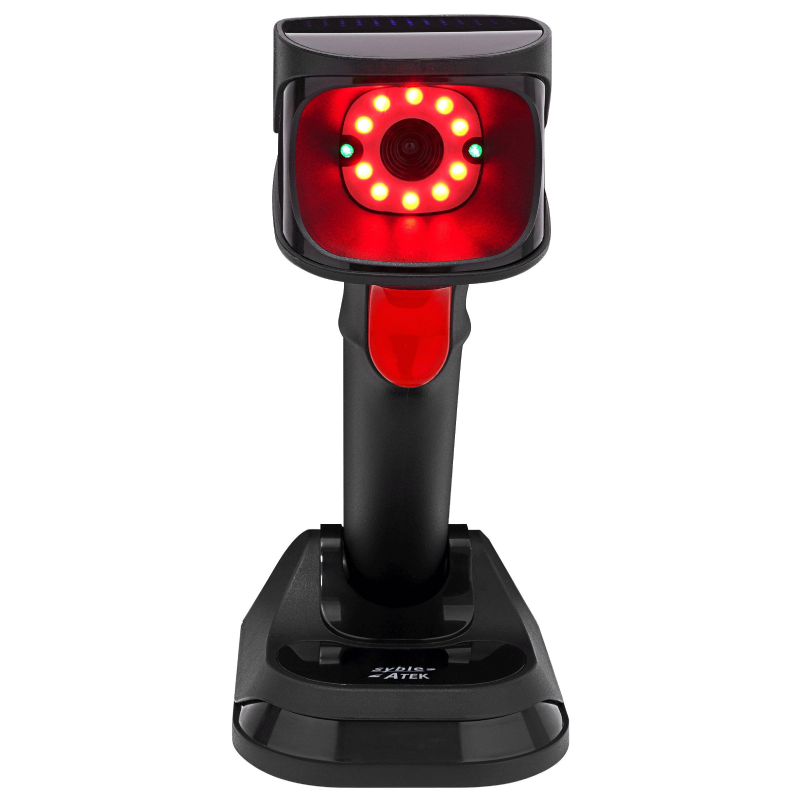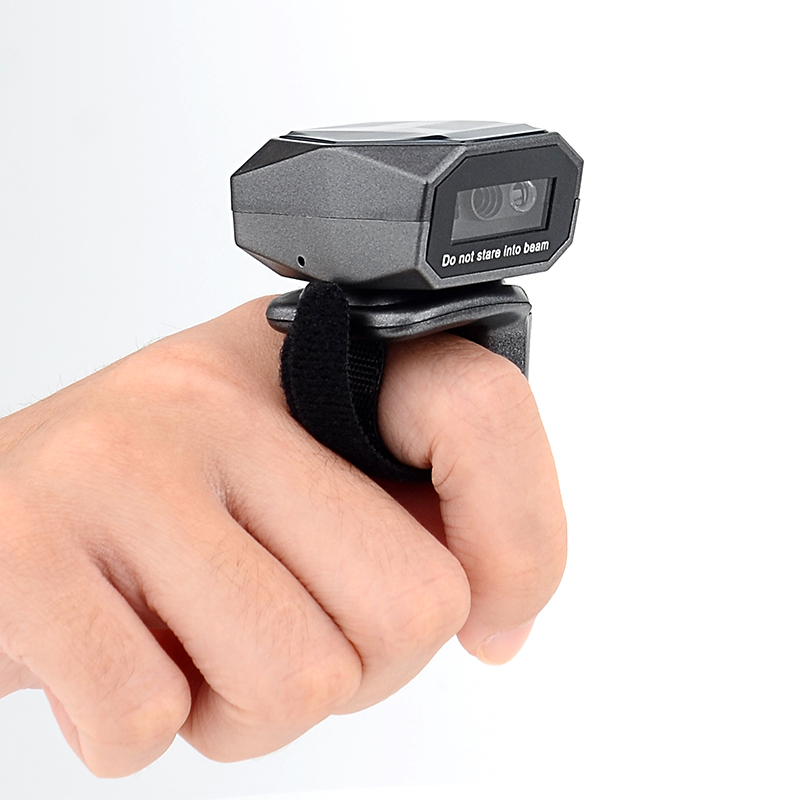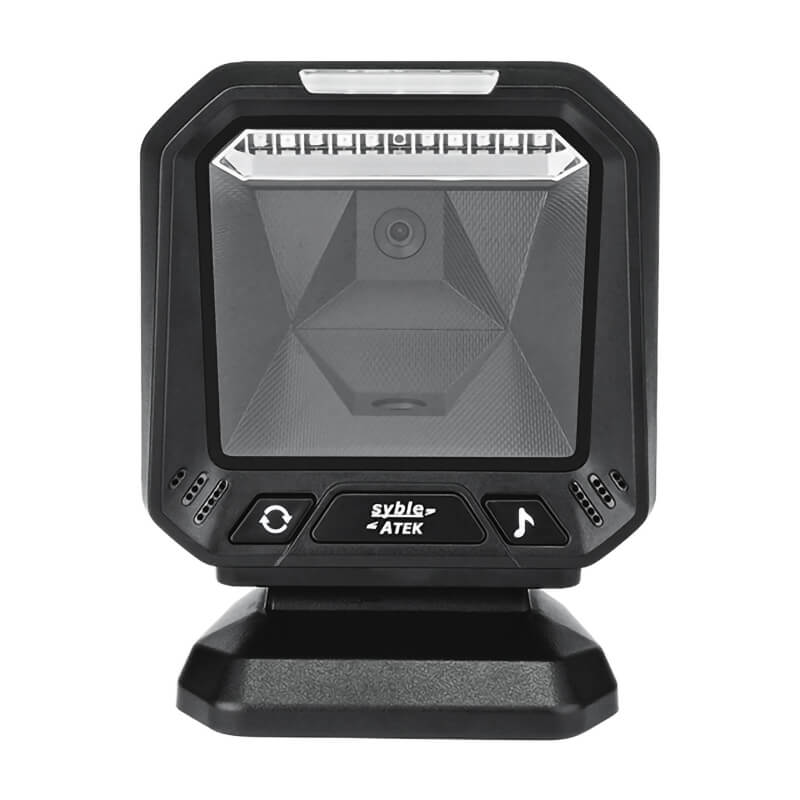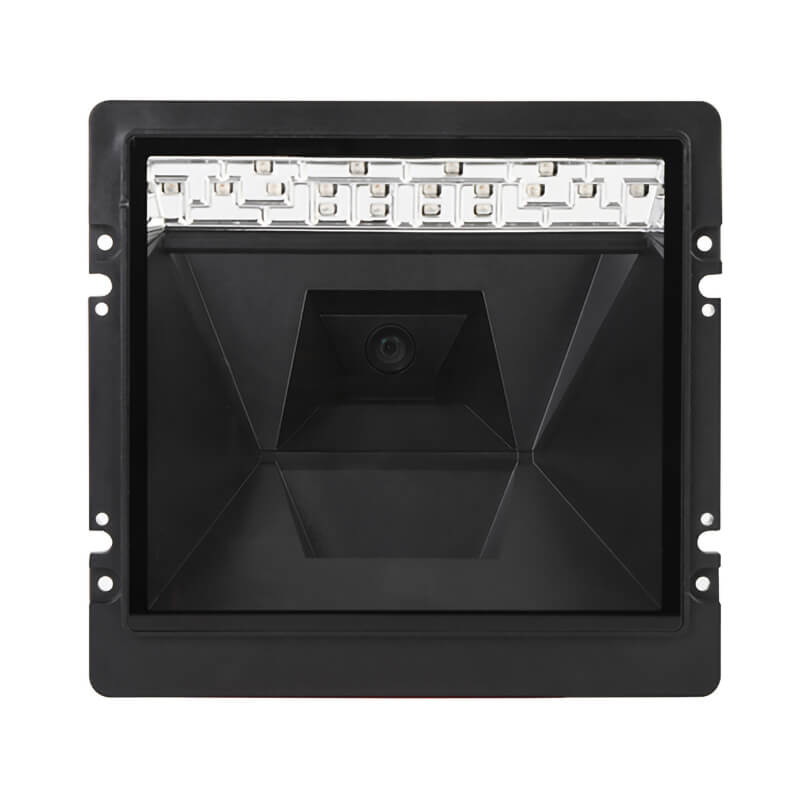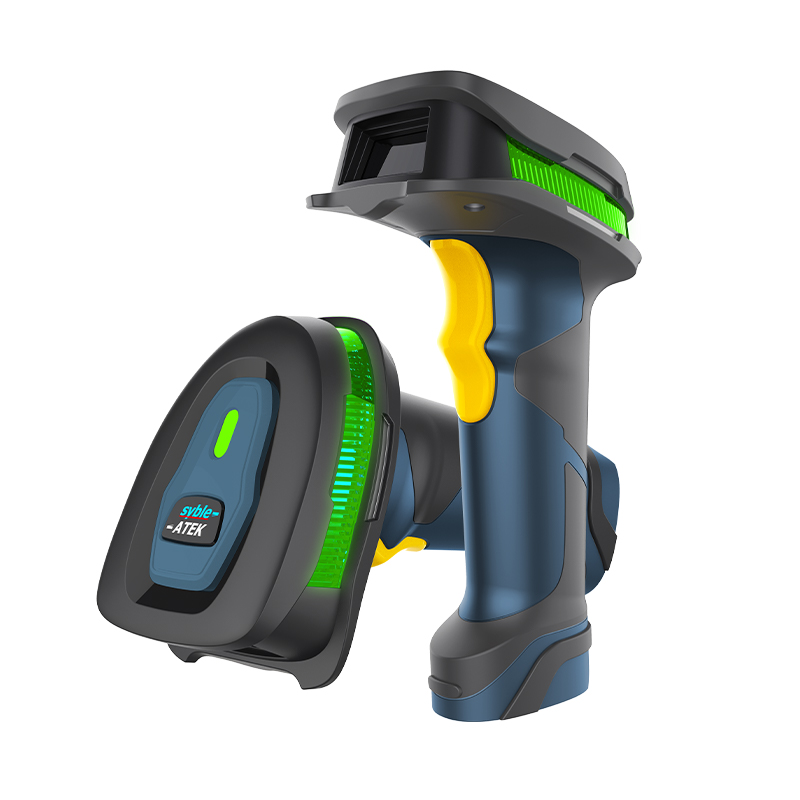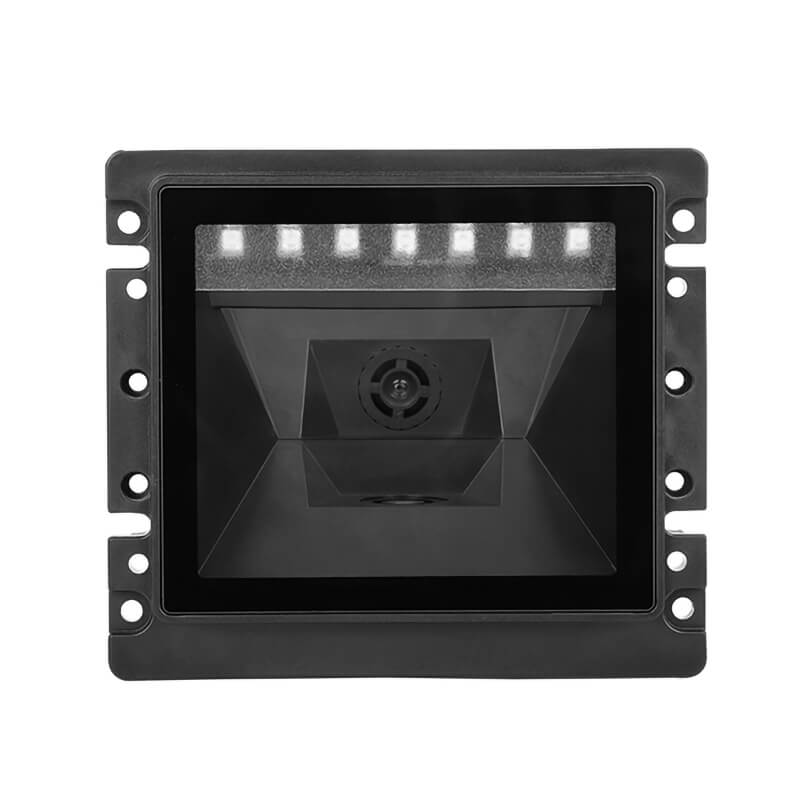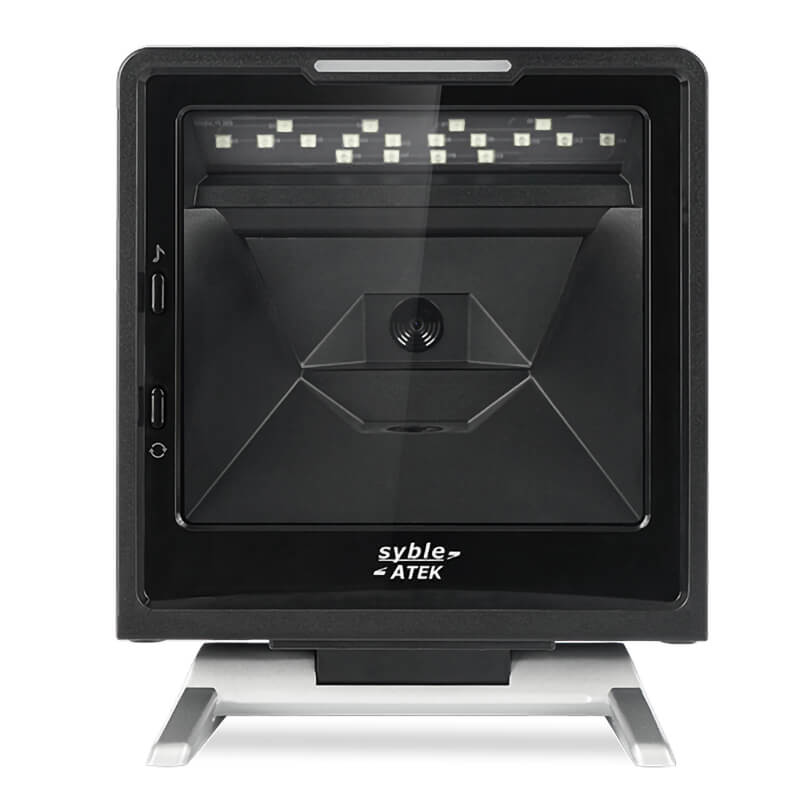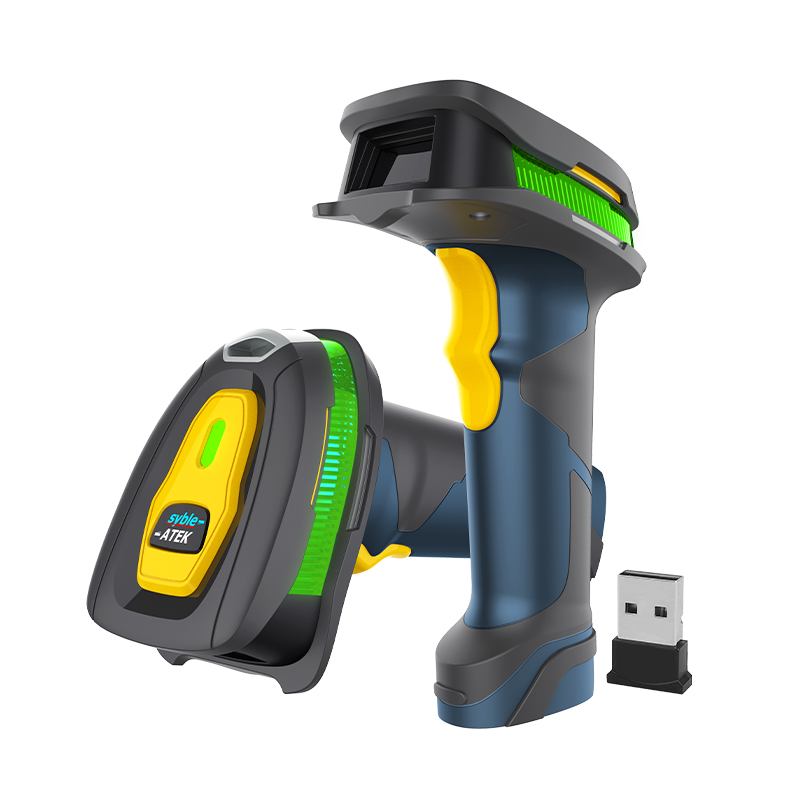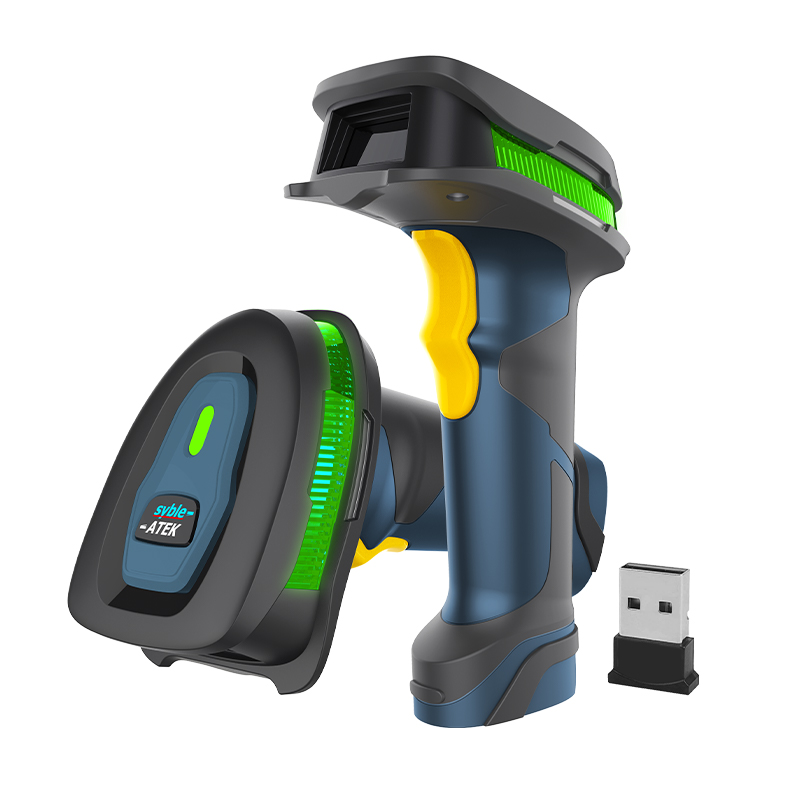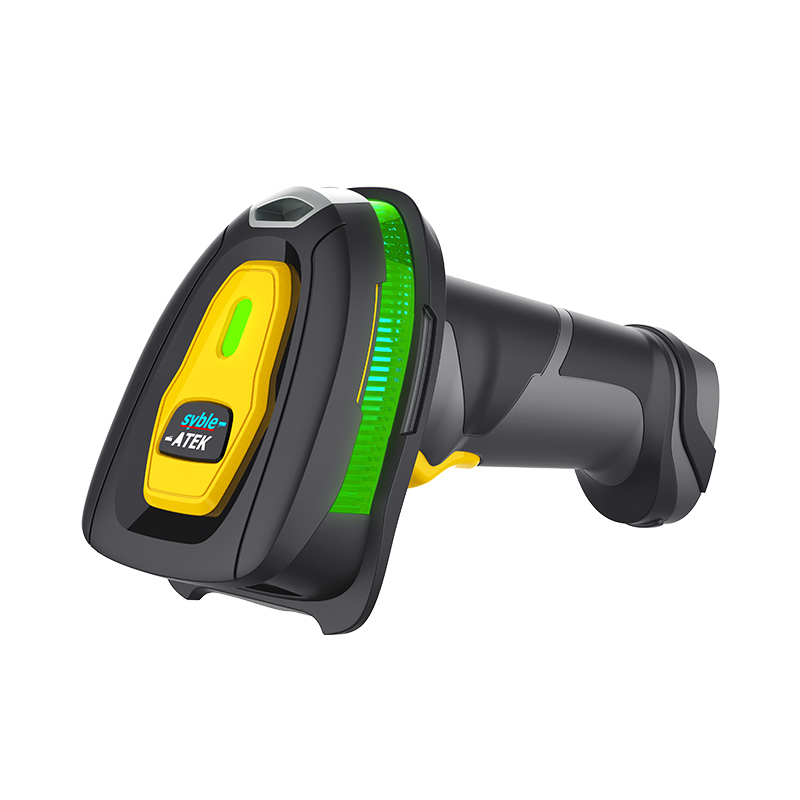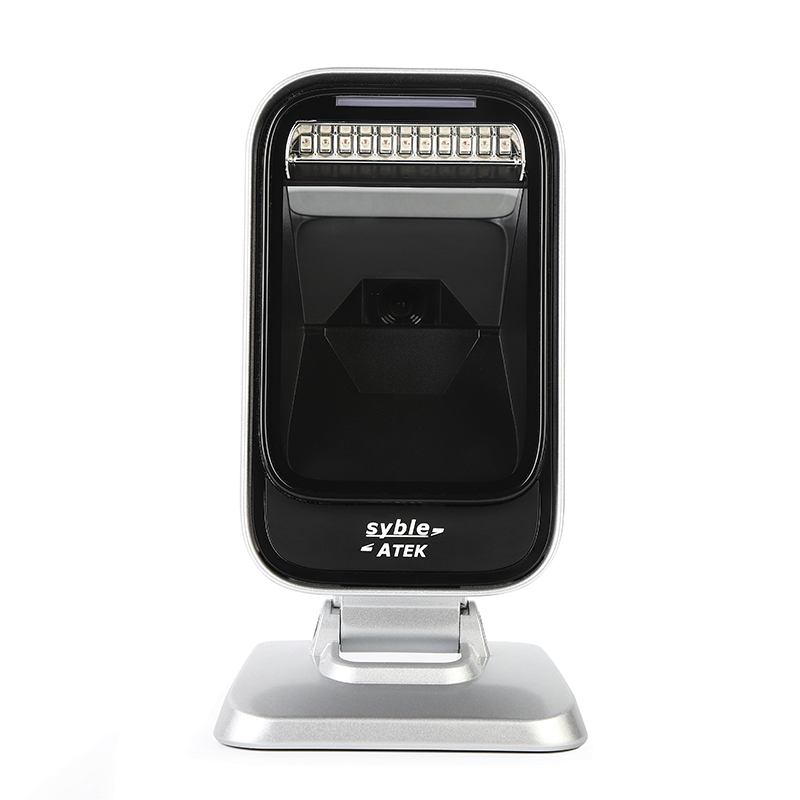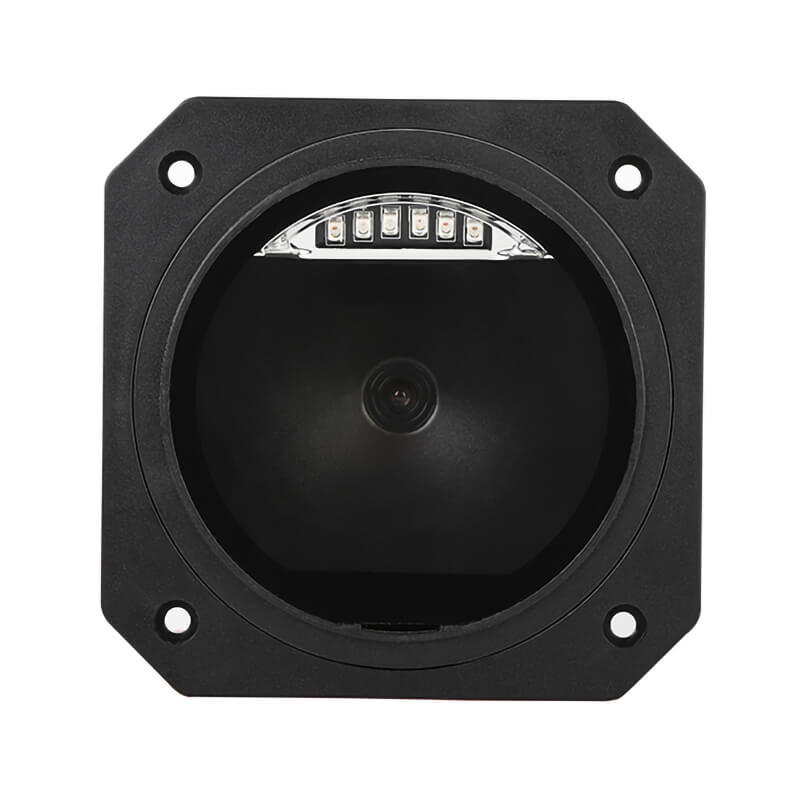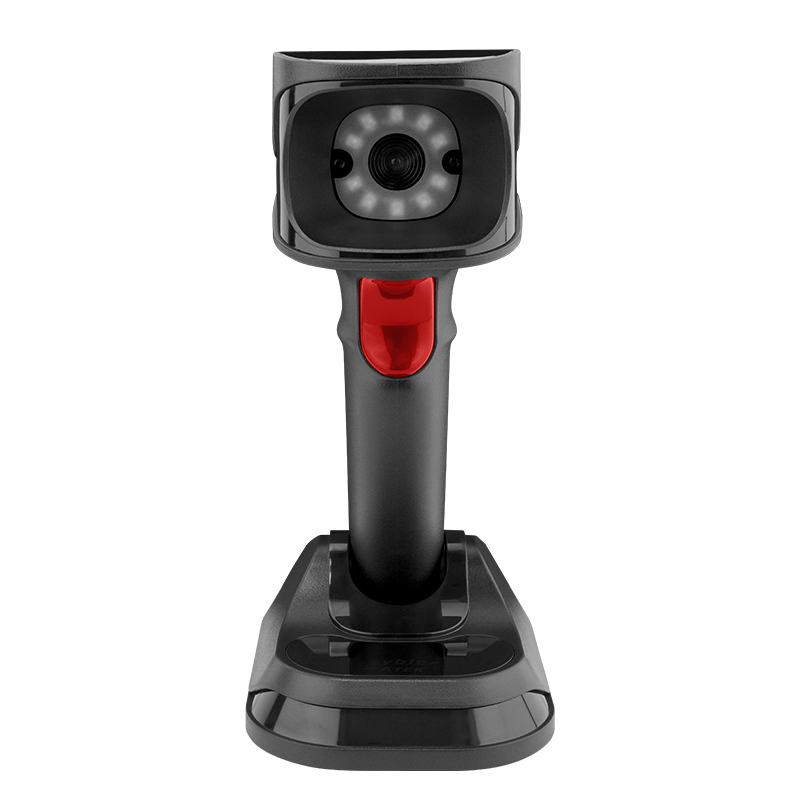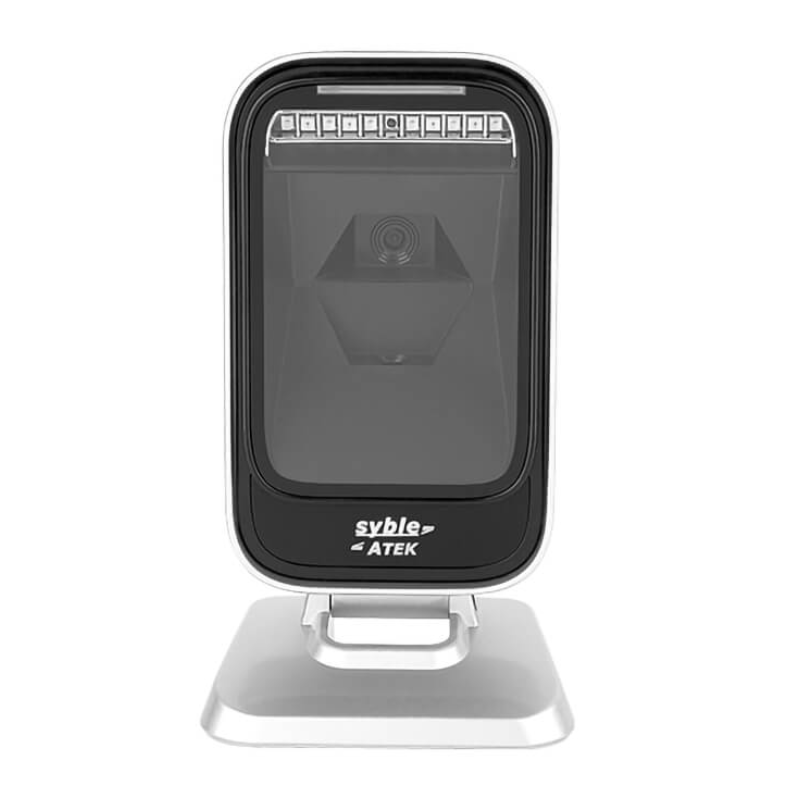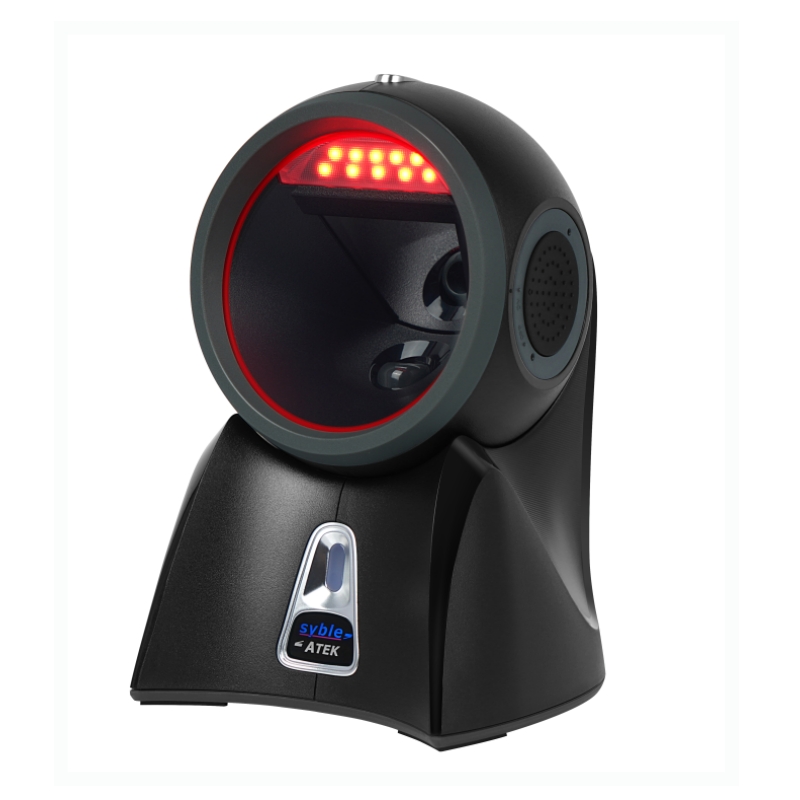Scanner technology has a significant impact on error tolerance for barcode scanning. Here’s how different aspects of scanner technology influence this capability:
1. Optical and Imaging Technology
Modern barcode scanners use advanced optical systems and imaging sensors that can capture high-resolution images of barcodes. These technologies can handle a wider range of barcode conditions, including those that are partially damaged, dirty, or printed on uneven surfaces. For example, some scanners can read barcodes from blurry images or even from reflections, significantly improving error tolerance.
2. Decoding Algorithms
Advanced decoding algorithms in modern scanners can correct errors and interpret barcodes more accurately. These algorithms can detect and correct minor defects in the barcode, such as smudges or slight misprints. For instance, 2D barcodes like QR codes and Data Matrix have built-in error correction capabilities that modern scanners can fully leverage.
3. Adaptive and Intelligent Scanning
Some barcode scanners incorporate machine learning and artificial intelligence to improve their error tolerance. These scanners can learn from previous scans and adapt to different barcode conditions. For example, they can recognize patterns in damaged barcodes and still decode them accurately.
4. Multi-Format Compatibility
Modern scanners are designed to read multiple barcode formats, including both 1D and 2D barcodes. This versatility allows them to handle a wider range of barcode types and conditions. For example, while 1D barcodes are more sensitive to certain types of damage, 2D barcodes can tolerate more localized damage due to their error correction features.
5. Environmental Adaptability
Scanner technology has improved to handle various environmental conditions. For example, some scanners can operate effectively in low-light conditions or even outdoors. This adaptability ensures that barcodes can be read accurately regardless of the surrounding environment.
6. Integration with Digital Technologies
Modern barcode scanners often integrate with other digital technologies, such as mobile devices and cloud-based systems. This integration not only enhances the functionality of barcodes but also improves error tolerance by allowing real-time data processing and correction.
Comparison with Older Scanner Technology
Older barcode scanners often relied on simpler optical systems and basic decoding algorithms. These scanners were more prone to errors, especially when dealing with damaged or low-quality barcodes. Modern scanners, with their advanced technologies, offer significantly higher error tolerance and reliability.
In summary, advancements in scanner technology, such as improved optical systems, advanced decoding algorithms, and adaptive scanning capabilities, have greatly enhanced the error tolerance of barcode scanners. This allows for more accurate and reliable scanning in a wider range of conditions.

